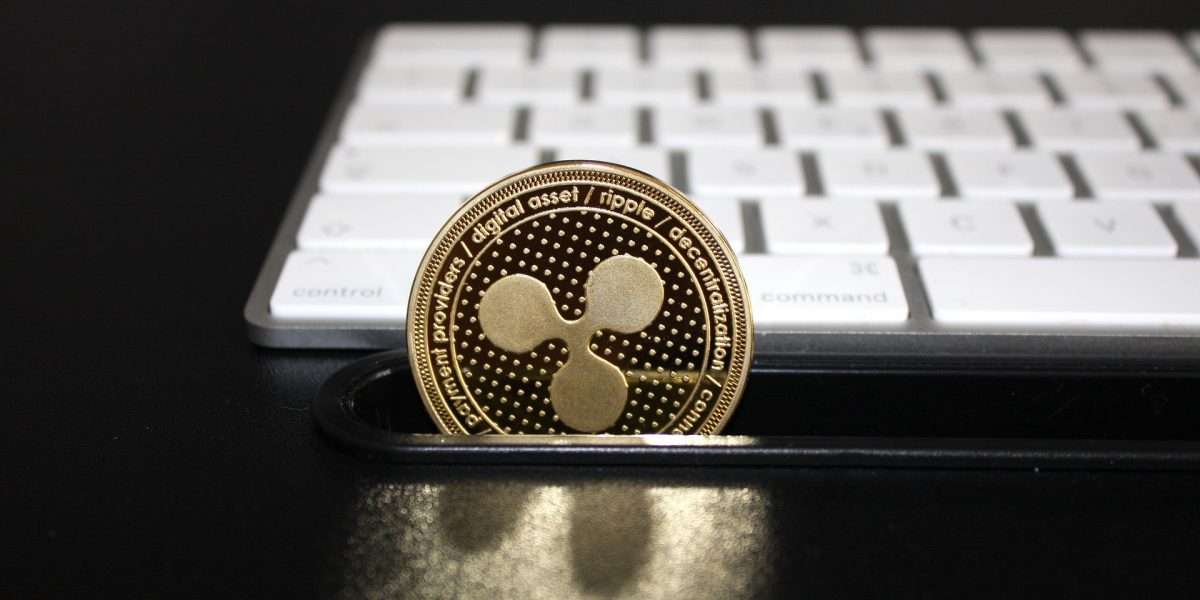
- Ripple says 90% of Central Banks are now actively developing their own CBDCs.
- With the CBDC narrative growing by the day, the firm believes XRPLedger can provide unique advantages to Central Banks.
It is becoming no news that the majority of Central Banks around the world are working with firms like Ripple to introduce their own Central Bank Digital Currency (CBDC).
While the International Monetary Fund (IMF) once affirmed that over 110 Central Banks are at one stage or the other in their CBDC development, blockchain payments firm, Ripple Labs Inc has revealed in its recent report tagged CBDCs: The Future of Fiat, that about 90% on Central Banks are actively involved in floating the digital version of the currency.
CBDCs are not a new innovation, however, they have been generating a significant buzz since around 2020 when China went ahead with the broad-based retail testing of its Digital Yuan. Ripple has highlighted a few reasons why many of these Central Banks are embracing CBDC and one of these includes increasing payment system efficiencies.
In many of the developed countries of the world, cash payments are gradually becoming obsolete as digital forms of payment are taking the center stage. With the advent of blockchain technology, the flaws in digital payment including the high cost and slow transaction speed were exposed.
Rather than the days it typically takes to complete a transfer from one country to another, blockchain-based payments can take a few seconds and at most minutes. This obvious advantage has seen many users embracing the tech, posing a threat to legal tender in many countries. With a CBDC, the overall country’s payment landscape can tag along with recent advances in the world.
According to Ripple, the CBDCs will also enhance national competitiveness and the introduction of new use cases will help revamp the role of the financial institutions operating in the country as a whole.
CBDCs can significantly increase financial inclusion because they can be distributed to any individual that has internet access through a computer, tablet or smartphone. pic.twitter.com/DvnzTzoXrl
— Ripple (@Ripple) January 12, 2023
How Ripple Fits into the CBDC Narrative
Ripple has grown to become a dominant leader in the blockchain payments ecosystem and over the years, it has developed a vibrant and easy-to-adopt solution based on the XRPLedger through which Central Banks can deploy their own CBDCs.
According to the company, its CBDC platform enables stability, security, and resilience. It boasts that Central Banks can build trust using the XRP Ledger’s proven technology, enabling consistent standards, privacy, and security. The XRPLedger will also enable CBDCs to build on it to create wholesale retail products that can come in handy for banks, fintechs, and members of the public.
Subscribe to our daily newsletter!
No spam, no lies, only insights. You can unsubscribe at any time.
Other notable benefits of the XRPLedger for CBDC development include interoperability and overlay services as well as helping to attain sustainability based on its energy-efficient protocol.
Having highlighted that its platform can support CBDCs and Stablecoins without hitches, Ripple has inked strategic partnerships with some Central Banks of countries including that of Bhutan to create its digital Ngultrum. The company currently competes with the likes of Mastercard and Visa, both of whom are also creating solutions that can help Central Banks in their respective CBDC development journeys.




